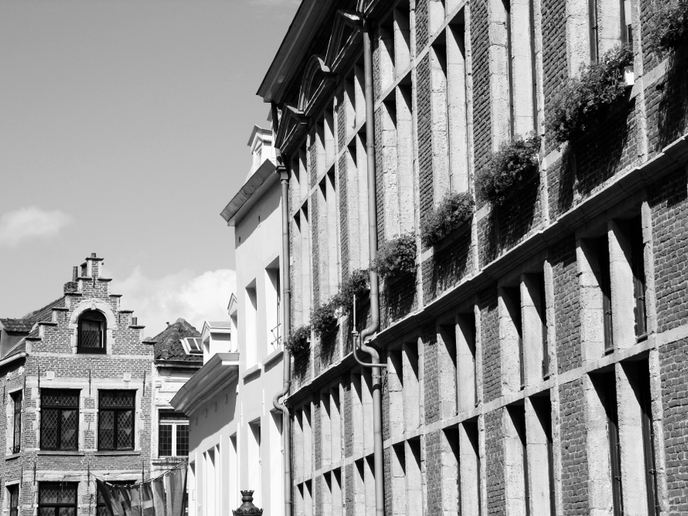Nine European cities open the vault to their historically unique films, photos and texts
Europe’s cities are steeped in history. Unfortunately, too often this history is hidden away in archives and accessible only to researchers. But with new digital technologies, this is starting to change. The EU-funded I-Media-Cities project has launched a revolutionary platform that uses audiovisual material to let everyone discover and interact with the history of nine European cities. “I-Media-Cities strives to be a cross-border, cross-language platform for studying the history and development of major European cities,” says Davy Hanegreefs, head of digital strategy and innovation at the Royal Belgian Film Archive and I-Media-Cities project coordinator. “By opening the vaults of historically unique films, photographs and texts that were previously not accessible, we created a one-of-a-kind, interactive experience.” The project is a collaborative effort between nine film archives, six research institutions, two large digital centres of expertise, and an expert in business models from Copenhagen, Stockholm, Frankfurt, Brussels, Vienna, Turin, Barcelona, Bologna and Athens.
Improving accessibility to European cultural heritage
Project researchers set out to create new approaches to researching historically significant digital content, make European cultural heritage more accessible, and stimulate collaborations between archives and researchers. The result of this work is imediacities.eu, an online platform where all types of users can access and view more than 10 000 digitised films and photographs uploaded by the project’s partners. The system not only allows users to search and view these works, they can also add their own information by tagging a specific frame or photo. There’s even an option to visit 3D virtual exhibitions on certain subjects. The platform uses a state-of-the-art machine learning tool that allows it to analyse uploaded films and photographs and automatically segment the films into shots. It can also search every frame for the presence of more than 80 concepts (i.e. train, dog, person, etc.). In one test case, the platform used the machine learning tool to automatically identify and label several famous city landmarks. The platform also has a special environment for scientific and academic researchers. “Images and movies like those found on the I-Media-Cities platform are the most popular and publicly sought-after form of digitised cultural heritage objects, yet they are hardly studied in a scientific context,” adds Hanegreefs. “By creating this platform and making thousands of films and photographs readily available, we have opened the door to the research community.” Speaking of the research community, for many of the project’s partners, this was the first time they worked with machine learning tools. “These tools will play an increasingly important role in research, and having the chance to get hands-on-experience with the technology was immensely valuable.”
Adding new users
Although the project is now finished, the I-Media-Cities team continues to expand the platform’s reach to additional EU cities, and is always looking for new archival partners to join the platform. “To join, all you have to do is contact our team and upload your films and images,” says Hanegreefs. “It’s as simple as that!”
Keywords
I-Media-Cities, audiovisual, European cities, digital technologies, films, photographs, European cultural heritage, machine learning, history







